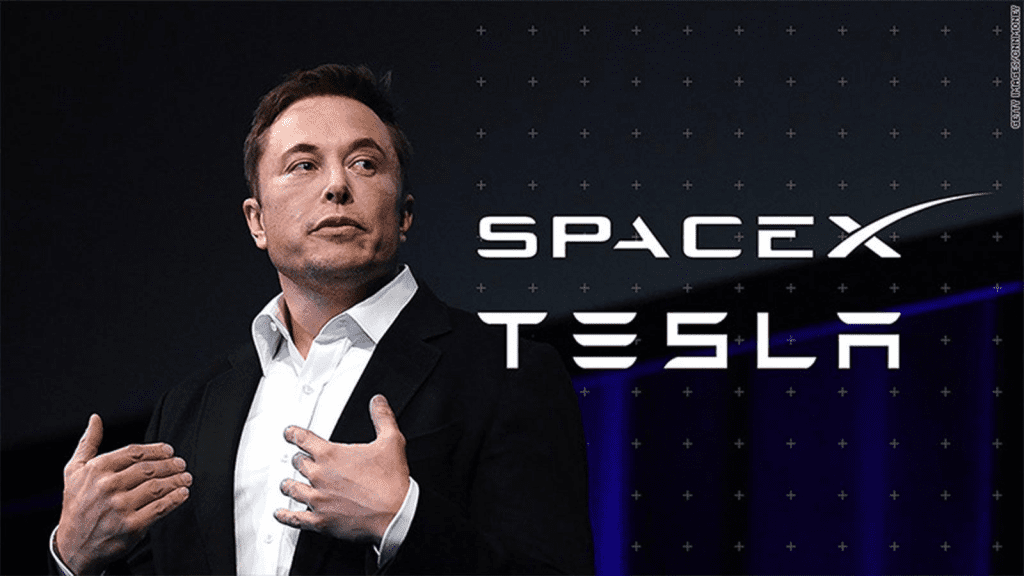
Elon Musk has made headlines once again with his ambitious plans for Mars exploration, revealing that in 2026, a Starship carrying Tesla’s humanoid robot, Optimus, will launch. This mission is a critical step toward a crewed mission to Mars by 2029. Musk’s SpaceX continues to lead the charge in space travel innovation, and this announcement further cements his commitment to expanding humanity’s reach beyond Earth.
The mission, part of Musk’s larger goal of making life multiplanetary, will see the Starship spacecraft launch from Earth with Optimus onboard. This advanced humanoid robot is designed to assist with essential tasks on Mars, helping to support human colonists and construct the first permanent base on the planet. The integration of Optimus is a significant development, offering a preview of how robotics will play a key role in enabling human life on Mars.

The Starship’s journey to Mars will take several months, but Musk is optimistic about its success, given SpaceX’s proven record with reusable rockets and spacecraft. Starship is designed to be fully reusable and capable of carrying large payloads, including humans. It is expected to be a key component of Musk’s vision for Mars colonization, thanks to its advanced technology, large size, and long-range capabilities.
Musk’s goal isn’t just to send humans to Mars, but to establish a sustainable human presence. He envisions a thriving colony on Mars by the 2030s, with the first human landings expected by 2029. Eventually, Musk aims to create a self-sustaining city on Mars, independent of Earth’s resources. While this vision has sparked both excitement and skepticism, Musk’s track record in overcoming technological challenges and delivering on ambitious projects has fueled belief that Mars colonization could be achievable.
The Starship mission will serve as a critical step toward colonizing Mars. The primary goal is to test Starship’s capability for long-duration space travel, ensuring it can safely transport humans and essential supplies to Mars and back. In addition to testing the spacecraft, the mission will focus on developing the necessary infrastructure for human life on Mars, such as building habitats, generating energy, and producing food. Optimus will play a key role in constructing habitats and performing vital tasks on the Martian surface. Equipped with AI and machine learning, Optimus will be able to handle a variety of tasks, from building structures to conducting scientific research.
Optimus will be essential in the early stages of colonization when human presence will be limited. Musk has long advocated for humanity’s need to become a multiplanetary species, and the Mars mission is central to that vision. In recent years, SpaceX has made significant progress with interplanetary travel, developing reusable rockets and spacecraft. The successful launch of Starship will represent a major milestone in this endeavor and could push the limits of space exploration.
Beyond scientific and technological advancements, the Mars mission also has significant economic implications. If successful, it could foster a new industry focused on space exploration and resource extraction on Mars. Musk has hinted at the potential for mining valuable minerals and metals on Mars, which could support both the Martian colony and Earth’s economy. The economic potential of Mars colonization is vast, and Musk’s approach to space exploration as a profitable venture could reshape the global economy in the future.

Musk has also shared plans to make the Mars journey more affordable and accessible. The reusability of Starship will significantly lower the cost of space travel, making it feasible to send increasing numbers of people and supplies to Mars over time. Musk has even floated the idea of offering commercial flights to Mars, allowing civilians to visit the Red Planet as tourists or colonists. While this might seem ambitious, Musk’s ability to turn big ideas into reality has made him one of the most forward-thinking entrepreneurs of his generation.
Despite the excitement, significant challenges remain before humans can land on Mars. The journey is long and difficult, and the spacecraft must be equipped with everything needed for human survival, including food, water, and shelter. The Martian environment also poses numerous challenges, such as extreme temperatures, low atmospheric pressure, and high radiation levels. SpaceX’s team will need to overcome these obstacles to ensure the safety and survival of the first Mars colonists.

While the timeline is ambitious, Musk has repeatedly demonstrated his willingness to take risks and invest heavily in innovative technologies. The development of Starship has involved numerous test flights and iterations, and SpaceX has made impressive strides in refining the technology for long-duration space travel. With Optimus joining the mission, Musk’s vision for a sustainable human presence on Mars is starting to take shape.
As SpaceX works toward its Mars mission, Musk’s plans for the Red Planet are becoming increasingly detailed and feasible. With Starship’s launch scheduled for 2026, it’s only a matter of time before humanity takes its first steps on Mars.


